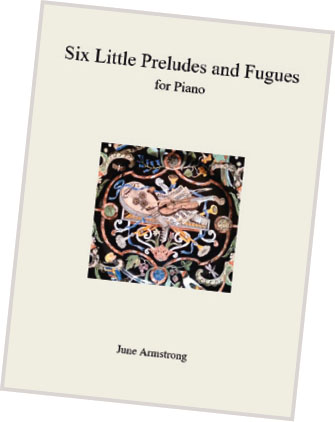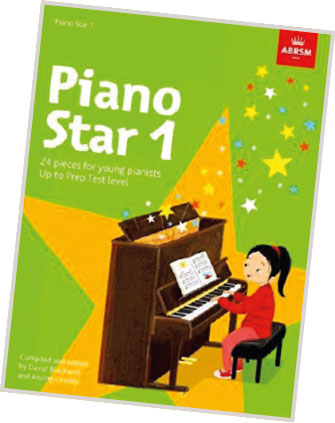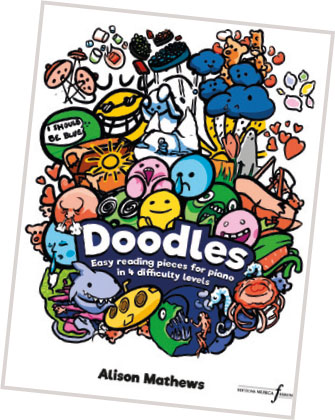
Piano Star Five-Finger Tunes: 25 pieces for young pianists
David Blackwell, ABRSM, £5.95
The Piano Star series is a little like Star Wars, in that we had the three main titles followed by a prequel. It is suitable for learners who have worked through a first tutor book and would appreciate the security of five-finger pieces before venturing further afield. The 25 pieces are imaginative and attractive solos, duets and trios and start with three pieces in the middle C position – including ‘Twinkle Twinkle Piano Star’ with pertinent piano-playing words. They progress through a selection of varied positions, from pieces where the tune moves from one hand to the other, to pieces with a little bit of hands playing together, to pieces played entirely with both hands together.
This book is a pedagogical delight, thanks to its progression of difficulty, clear keyboard positional diagrams, extension activities, use of words to reinforce playing concepts, and simple but effective coloured illustrations. It ticks all of my piano teaching boxes. Best of all, every piece is a winner – whether it's a well-known tune such as ‘Oh When the Saints’ or a new piece, ‘Rhino Stomp’ and ‘Quavers Quiver Quickly’ are already favourites. An ideal book for young beginners and for their teachers.
Six Little Preludes and Fugues for Piano
June Armstrong, Pianissimo Publishing, £8.99

Another delight from June Armstrong. It is so good to have pieces in this style with a contemporary twist, and permission from the composer to use the pedal if you wish! This book is aimed at pupils playing at an early-intermediate to intermediate standard (approximately UK Grades 2 to 4) and has an explanatory foreword as well as very useful notes for each prelude and fugue. As well as being beautiful pieces in their own right for all pianists, older pupils especially might enjoy exploring a contrapuntal style; they would also serve as an excellent preparation and support for all pupils wanting to compose in this style and play Bach inventions and preludes and fugues.
Piano Star Grade 1: 24 pieces for young pianists
David Blackwell and Karen Marshall, ABRSM, £5.95

After playing through the four Piano Star books, a student may need additional repertoire to ensure they are playing at a Grade 1 standard, regardless of their desire to take exams. This book has 24 Grade 1-level solo, duet and trio pieces by trusted contemporary composers and arrangers including Heather Hammond, Alan Bullard, June Armstrong, Paul Harris, Mike Cornick and the late Christine Brown, as well as the two compilers: many imaginary high fives from me as I read this list! The variety of styles includes traditional Chinese, Irish and Scottish arrangements, a Mozart allegro, a rag, and some jazz and blues. All are beautifully presented and illustrated with creative and engaging activities attached. This is a treasure trove of imaginative – and frankly ideal – pieces for pupils to learn and enjoy.
Doodles: Easy reading pieces for piano in four difficulty levels
Alison Mathews, Editions Musica Ferrum, £8.99

I suspect that, like me, you will have some pupils who detest sight-reading when it is called that, but are fine when we add a new piece, a duet, or a few bars followed by a spot of improvisation to a lesson. Alison Mathews obviously has similar pupils. She is a piano teacher, performer and composer who graduated from the Royal College of Music before completing a master's degree at the University of Surrey.
Doodles is a series of mini pieces progressing from five-finger positions in levels one and two to moving freely at level four, tallying roughly with sight-reading requirements of Grades 1 to 4. Each has a face emoticon providing a clue to the character of the piece, and many pieces have a repeat with a suggestion that pupils play it at a different dynamic level or pitch. My pupils loved this, and each time came up with a great rationale for their choices which opened up some very lively discussions about composition and performing. There are forewords to the student and to the teacher, explaining what the book does. The teachers’ foreword ends with the words: ‘pupils at even the earliest stages of reading can enjoy freedom and expression within secure boundaries’. This book provides that and more.








